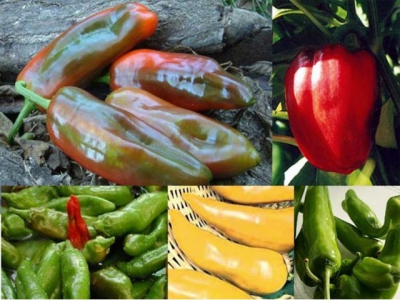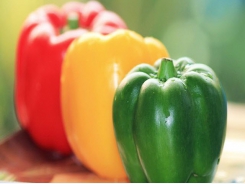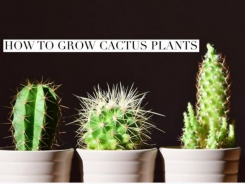Changeable chillies

There are approximately 22 species of Capsicum, of which five are grown commercially. However, some of these can be crossed with one another to produce different varieties.
About 15 years ago, on a visit to the Congo, I found that the chilli of choice there was a habanero (Capsicum chinense), a little longer than the variety that I was familiar with. This happens wherever you find Capsicum. Over time, locals in a district have collected their own seed after choosing the most desirable plant, based on criteria such as pungency, yield, disease resistance and appearance.
In the process, subtle changes take place until a distinct variety or selection is developed. This accounts for thousands of varieties of chillies available. In the Congo, I was told that some Serrano (Capsicum annuum) seed had been imported and sporadically planted in all areas. Serrano will cross with C chinense, and in this case had created new crosses. Bees and other insects cross-pollinate these plants and by now it’s highly likely there are some new selections derived from these crosses.
A farmer who selects what is considered to be the best (individual)plant will invariably have no idea it has already been crossed with a different variety. The farmer plants the seed and is then surprised when what seems to be a different variety emerges. He will then use the seed from this plant. The cross that this seed produces will be a F1 hybrid, a segregant vastly different from the two original ‘parent’ varieties in the future.
In a few short years, variants could be so numerous that it would be difficult to find the original Congo chilli.
So many varieties
When I farmed in the Mpumalanga Lowveld, there were no hybrid chillies available, and most were selections from the variety Long Slim Cayenne. While some farmers purchased their seed, most took their own seed from what they considered the best plants. Not only was it a lot cheaper, they believed that they were making improvements by creating their own selections.
The larger farmers each had a slightly different selection and each considered that their selection was the best.
In some cases, when I walked through their lands, I would find that just about every plant was slightly different.
This was because the plant or plants that the farmer had selected had already been crossed with a number of plants in the field. Today, seedling growers source pure varieties from seed companies and few farmers produce their own seed.
Easier and Quicker
Another type of chilli that has undergone a process of individual selection is the African Bird’s Eye chilli. In the Lowveld, many of us had one or more of these bushes growing in our gardens and we all liked to think we had the most pungent selection. We would keep these bushes for years and pick a few fruit when we felt like a little suffering in the dining room.
They are incredibly hot and often referred to as ‘devil chillies’. This type of chilli is of the species C. frutescens and has a distinct fruity flavour for those who can discern this over the pain. Farmer’s Weekly food columnist David Basckin often uses it in his recipes. It does better in frost-free areas as it’s late maturing.
With all the selections made by growers over the years, there are a great many variations of devil chillies. Hybrid chillies are lately becoming a lot more popular. It’s not that they are necessarily higher yielding – breeding new, ‘improved’ varieties is much easier and quicker using hybridisation.
In any case, it would be a foolish company who spends years developing a new open pollinated variety at great expense and then have farmers selecting their own seed.
Related news
Tools

Phối trộn thức ăn chăn nuôi

Pha dung dịch thủy canh

Định mức cho tôm ăn

Phối trộn phân bón NPK

Xác định tỷ lệ tôm sống

Chuyển đổi đơn vị phân bón

Xác định công suất sục khí

Chuyển đổi đơn vị tôm

Tính diện tích nhà kính

Tính thể tích ao




 Successful carrot fertilisation
Successful carrot fertilisation  How to Grow Cactus Plants
How to Grow Cactus Plants